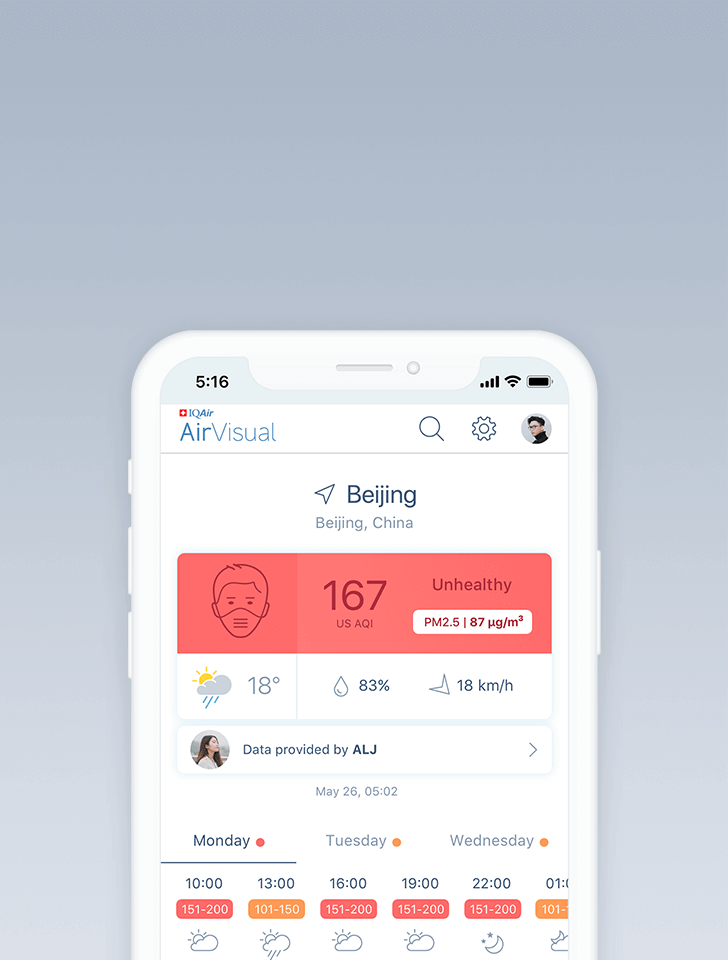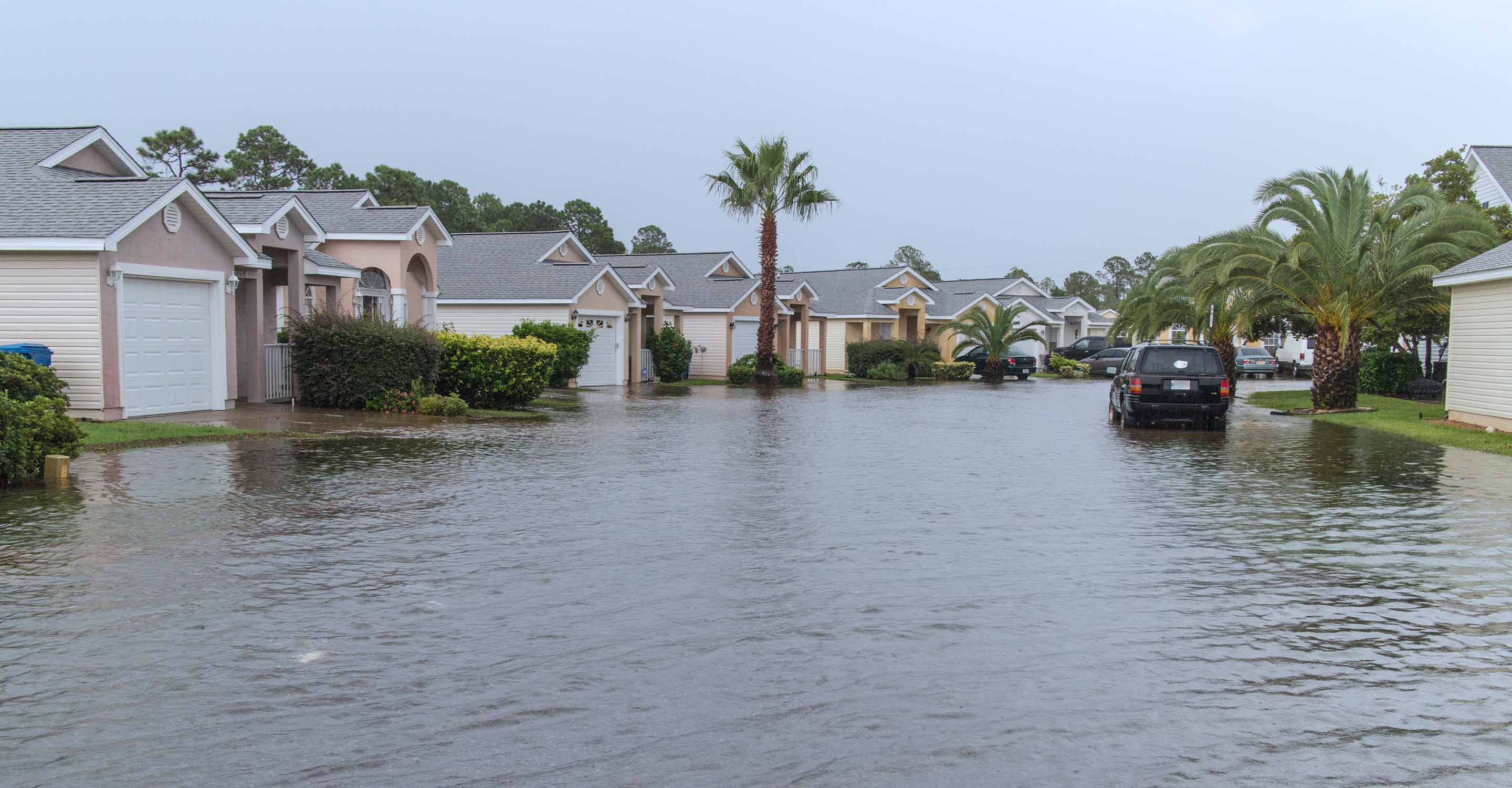Air quality in Sanmenxia
Air quality index (AQI) and PM2.5 air pollution in Sanmenxia
610 people follow this city

Sanmenxia Air Quality Map
Real-time Sanmenxia air pollution map
Weather
What is the current weather in Sanmenxia?
| Weather | Scattered clouds |
| Temperature | 48.2°F |
| Humidity | 44% |
| Wind | 3.5 mp/h |
| Pressure | 29.9 Hg |
live aqi city ranking
Real-time China city ranking
| # | city | US AQI |
|---|---|---|
| 1 | Lucheng, Anhui | 253 |
| 2 | Jilin, Jilin | 202 |
| 3 | Harbin, Heilongjiang | 187 |
| 4 | Xiangyang, Hubei | 187 |
| 5 | Xian, Shaanxi | 186 |
| 6 | Xianyang, Shaanxi | 186 |
| 7 | Baoji, Shaanxi | 184 |
| 8 | Jiamusi, Heilongjiang | 181 |
| 9 | Wuzhong, Ningxia | 169 |
| 10 | Tongchuan, Shaanxi | 164 |
(local time)
SEE WORLD AQI RANKING3D animated air pollution map

live Sanmenxia aqi ranking
Real-time Sanmenxia air quality ranking
| # | station | US AQI |
|---|---|---|
| 1 | Primary School | 86 |
| 2 | City Hall | 84 |
| 3 | Development zone | 84 |
(local time)
SEE WORLD AQI RANKINGUS AQI
84
live AQI index
Moderate
Overview
What is the current air quality in Sanmenxia?
| Air pollution level | Air quality index | Main pollutant |
|---|---|---|
| Moderate | 84 US AQI | PM2.5 |
| Pollutants | Concentration | |
|---|---|---|
| PM2.5 | 28µg/m³ | |
| PM10 | 87µg/m³ | |
| O3 | 40µg/m³ | |
| NO2 | 27µg/m³ | |
| SO2 | 9µg/m³ | |
| CO | 300µg/m³ | |
PM2.5
x5.6
PM2.5 concentration in Sanmenxia is currently 5.6 times the WHO annual air quality guideline value
Health Recommendations
What is the current air quality in Sanmenxia?
| Sensitive groups should reduce outdoor exercise | |
| Close your windows to avoid dirty outdoor air GET A MONITOR | |
| Sensitive groups should wear a mask outdoors GET A MASK | |
| Sensitive groups should run an air purifier GET AN AIR PURIFIER |
Forecast
Sanmenxia air quality index (AQI) forecast
| Day | Pollution level | Weather | Temperature | Wind |
|---|---|---|---|---|
| Sunday, Apr 21 | Unhealthy for sensitive groups 103 AQI US | 73.4° 51.8° | ||
| Monday, Apr 22 | Moderate 94 AQI US | 75.2° 53.6° | ||
| Tuesday, Apr 23 | Moderate 84 AQI US | 64.4° 50° | ||
| Today | Moderate 84 AQI US | 64.4° 50° | ||
| Thursday, Apr 25 | Moderate 67 AQI US | 75.2° 48.2° | ||
| Friday, Apr 26 | Moderate 68 AQI US | 75.2° 51.8° | ||
| Saturday, Apr 27 | Moderate 66 AQI US | 80.6° 53.6° | ||
| Sunday, Apr 28 | Moderate 81 AQI US | 77° 55.4° | ||
| Monday, Apr 29 | Unhealthy for sensitive groups 112 AQI US | 80.6° 57.2° | ||
| Tuesday, Apr 30 | Moderate 90 AQI US | 66.2° 50° |
Interested in hourly forecast? Get the app
AIR QUALITY ANALYSIS AND STATISTICS FOR Sanmenxia
Is Sanmenxia a badly polluted city to live in?
Looking at the pollution levels recorded in Sanmenxia in recent times, one can see that it is a city that is subject to a large variety of pollution levels, ranging from moderate levels of air pollution all the way up to very unhealthy readings. Sanmenxia itself is located in the western region of Henan province; a landlocked province found in central China. Being a landlocked area can oftentimes contribute to high buildups of air pollutants and fine particulate matter, both of which can accumulate or be blown into the city, and then due to lack of strong winds (such as those typically found in coastal regions), can accumulate and cause the high readings of pollution on record.
In early May of 2021, Sanmenxia came in with a US AQI reading of 97, a reading that classified it as being moderate on that particular day and time in which it was taken, albeit on the higher end of the moderate scale. This means that whilst there were considerably worse days witnessed, the air would not be overtly permeated by smoke, haze and other polluting materials, such as clouds of both fine (PM2.5) and coarse (PM10) particulate matter.
US AQI refers to a unit of measurement that takes into account the various main pollutants found in the air, and then calculates them into one single tangible unit based on the volume of these pollutants found in the air. Some of the main ones used in the calculation of the overall US AQI level include both of the above mentioned particulate matter, as well as nitrogen dioxide (NO2), sulfur dioxide (SO2) and ozone (O3). Of note is that whilst PM2.5 is used as one of the components in calculating the US AQI level, it is also a prominent unit of measurement in its own right, often used in determining yearly pollution averages.
Observing other US AQI readings taken over the course of April and May in 2021, there were plenty more moderate readings, as well as others that went way above into the ‘unhealthy for sensitive groups’ bracket, with figures of 107,111 and 128 being recorded. Going higher, many ‘unhealthy’ rated days came in, with their own figures of 157 and 163. In the midst of all of these, a very high reading of 244 was also recorded, which qualifies for being in the ‘very unhealthy’ air quality ratings bracket.
This means that the atmosphere on this day would be absolutely permeated by vast clouds of haze, smog and damaging particulate matter. As such, certain individuals should take extra care to avoid excess pollution exposure, with the avoidance of outdoor activities as well as wearing particle filtering masks being highly advised.
Why does Sanmenxia have such elevated levels of air pollution?
With the whole of Henan province having numerous factories dotted throughout the various cities, particularly one’s catering towards steel, aluminum and coal production, it is inevitable that a large amount of air pollution is going to emanate from such sights. Although in recent years China is making large strides towards putting caps on many of its more polluted cities, it still stands to reason that many of them have a long way to go, with these industrial sites and facilities putting out huge amounts of smoke and other contaminating chemicals and particles.
Other factors that drive up both the PM2.5 and US AQI count are ones such as vehicle emissions, with countless personal vehicles flooding the road at any given time, causing huge rises of pollution during rush hour traffic. As well as this, heavier freight vehicles would see excessive use, due to the need for both importation and exportation of materials into Sanmenxia’s industrial zones (along with any other produce that the city manufactures). Other prominent causes are ones such as dust blown in from outside of the city, as well as construction sites and road repairs causing the pollution level to rise.
When does Sanmenxia have its worst level of air quality?
Observing the air quality data collected over the course of 2020, one can see that the yearly PM2.5 rating came in quite high, sitting in the ‘unhealthy for sensitive groups’ bracket at 47.5 μg/m³. In order to achieve such a classification, the PM2.5 reading must come in between 35.5 and 55.4 μg/m³, representing a quality of air that as the name suggests, has detrimental effects on the more vulnerable demographics within the population. This includes young children and babies, as well as pregnant mothers, the elderly, and those with compromised immune systems or health problems, as well as those with a predisposition to chemical sensitivity.
This reading placed Sanmenxia in 55th place out of all cities ranked in China over 2020, as well as in 119th place out of all cities ranked worldwide. Regarding the most polluted months that appeared over the same year, both January and February as well as November and December had the highest readings of PM2.5, all coming in with ‘unhealthy’ classifications (55.5 to 150.4 μg/m³ required). These readings were 115.1 μg/m³, 61.5 μg/m³, 62.3 μg/m³ and 73 μg/m³, making January the most polluted month of the year by a sizeable amount.
When is the air safer to breathe in Sanmenxia?
In direct contrast to the most polluted months of the year (which typically in more seasonal regions of China tend to be during the colder winter months), the middle portion of the year had the best PM2.5 readings. The months of May through to September all had the best air quality, with August taking the top spot with its ‘moderate’ rated reading of 21.8 μg/m³, a common theme throughout many cities in China, which have August as their cleanest month.
What are some health symptoms that may appear from breathing polluted air in Sanmenxia?
Health symptoms would be numerous, varying according to individual health levels, as well as levels of exposure along with the types of pollutants one is exposed to. For all round general medical ailments, conditions such as dry coughs, irritation to the skin and mucous membranes, as well as sore throats, chest pains and respiratory tract infections would all be highly common.
These can all progress into far worse diseases, with non stop damage incurred to the lungs and respiratory tract often leading to a permanent reduction in lung function, scarring of the lung tissue, as well as making one more disposed to chronic conditions such as asthma, bronchitis, pneumonia and emphysema.





